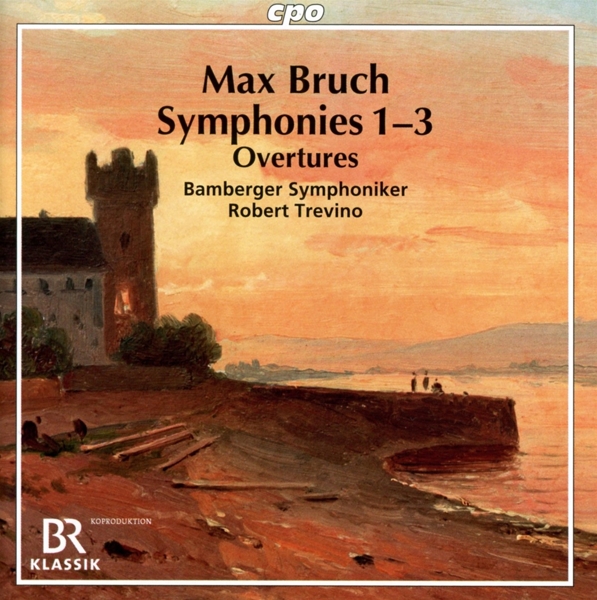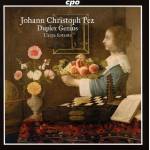Zubehör |
Mein Konto
|
Anmelden
|
Deutsch |
NT$ 新臺幣 |
erweiterte Suche
|
Alle Kategorien
BEST SELLER
500
NEUHEITEN
7.656
ANGEBOTE
221.646
Bisherige Auswahl:
keine Auswahl
Ergebnis einschränken:
TECHNIK
256.872
MUSIK
708.642
- 60er Jahre
270
- Asia Pop
9.278
- Austro Pop
211
- Brit Pop
248
- Dutch Pop
1
- Euro Pop
36
- French Pop
478
- Indie Pop/Lo Fi
24
- Italo Pop
289
- Latin Pop
6.833
- MiddleoftheRoad
2.591
- Oldies
71
- Party
29
- Sonst.Pop
231.715
- Synthi Pop
311
|
Musik Filme Hörbücher Merchandise Kinder |




















